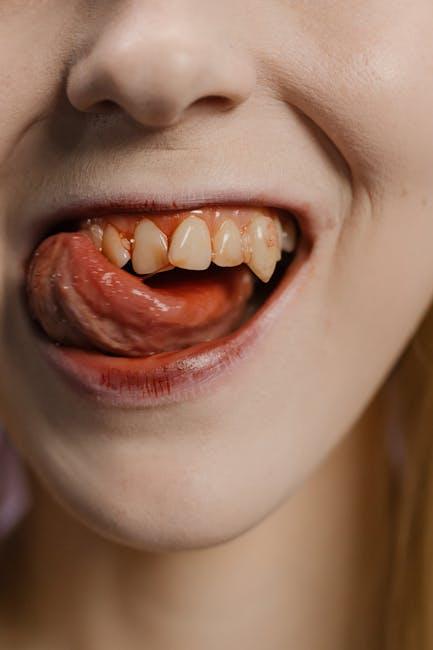
Does Medicaid Cover Dental? Orthodontics, Common Procedures & State Coverage
When it comes to dental care, many Americans wonder, “Does Medicaid cover dental services?” The answer isn’t always straightforward. Whether you’re interested in basic dental procedures, orthodontics like braces, or preventive care, Medicaid coverage varies a lot from state to state. In this article, we’ll explore how Medicaid handles dental coverage, discuss the types of dental procedures commonly covered, dive into orthodontics, and review key state-specific programs. Plus, you’ll find practical tips to maximize your benefits and understand what to expect during your dental journey under Medicaid.
What Is Medicaid and How Does Dental Coverage Fit In?
Medicaid is the federal and state program designed to provide health coverage to eligible low-income individuals and families. While Medicaid covers a wide range of medical services, adult dental coverage is optional for states to offer, which means dental benefits can look very different depending on where you live. On the other hand, children’s dental care is considered an Early and Periodic Screening, Diagnostic, and Treatment (EPSDT) benefit, making dental coverage for kids mandatory nationwide.
Does Medicaid Cover Dental? Overview by Procedure
Medicaid dental benefits often include preventive and diagnostic care. However, comprehensive services like orthodontics or major restorative work might only be partially covered or excluded.
Common Dental Procedures Covered by Medicaid
- Dental exams and cleanings: Routine checkups and prophylaxis are generally covered for both children and some adults.
- X-rays: Diagnostic X-rays to assess dental health are usually included.
- Fillings: Medicaid commonly covers fillings to treat cavities.
- Extractions: Tooth removal, especially when medically necessary, is covered in many states.
- Root canals: Some plans include endodontic treatments, although availability varies.
- Dentures and crowns: Partial coverage may be available depending on the state.
Does Medicaid Cover Orthodontics?
Orthodontic treatment — like braces and retainers — is a frequently asked question for Medicaid enrollees:
- For children under 21, Medicaid often covers orthodontics when medically necessary (e.g., to correct severe bite issues or abnormal growth patterns).
- For adults, most Medicaid programs do not cover orthodontics, believing it to be cosmetic rather than essential.
Each state sets its own criteria for orthodontic coverage under Medicaid, so it’s essential to check with your local Medicaid office if orthodontic care is needed.
State-by-State Medicaid Dental Coverage Chart
The table below summarizes how dental coverage differs for adults in various states as of 2024. Children’s dental benefits are mandatory nationwide under EPSDT.
| State | Adult Dental Coverage | Orthodontics Coverage for Children |
|---|---|---|
| California | Extensive (Preventive & Restorative) | Covered if medically necessary |
| Texas | Limited (Emergencies Only) | Covered |
| New York | Extensive | Covered with restrictions |
| Florida | No standard coverage | Covered |
| Illinois | Moderate coverage | Covered |
| Ohio | Extensive | Covered |
Benefits of Medicaid Dental Coverage
Understanding and utilizing Medicaid dental benefits can have profound effects on oral and overall health. Here are some advantages:
- Improved oral hygiene: Access to preventive care, like cleanings and exams, lowers risks of cavities and gum disease.
- Cost savings: Medicaid reduces or eliminates out-of-pocket dental care expenses for eligible beneficiaries.
- Early detection: Regular dental visits via Medicaid help catch oral health issues before they become severe.
- Access to necessary orthodontic treatment: For children who qualify, braces and corrective treatment improve dental development.
Practical Tips for Maximizing Your Medicaid Dental Benefits
To get the most from your Medicaid dental coverage, keep these tips in mind:
- Know your state’s Medicaid dental policy: Check your state Medicaid website or call your Medicaid office for specific coverage details.
- Choose in-network providers: Visiting dentists who accept Medicaid helps avoid surprise bills and ensures coverage.
- Schedule regular appointments: Preventive care is key — stay current on exams and cleanings.
- Keep documentation handy: Bring your Medicaid card and ID to every dental visit.
- Ask about prior authorization: Some procedures, especially orthodontics, need approval before treatment begins.
Case Study: Maria’s Medicaid Dental Journey
Maria, a single mom in Ohio, was unsure if Medicaid would cover braces for her 12-year-old son. After contacting her state Medicaid office and working with a dental provider experienced in Medicaid billing, Maria learned her son qualified for orthodontic coverage due to a severe overbite affecting his speech. By submitting the necessary medical documentation and prior authorization requests, Maria secured Medicaid coverage for the braces. Her son completed his treatment successfully, highlighting how navigating Medicaid benefits can significantly improve health outcomes.
Frequently Asked Questions (FAQs)
Is dental coverage included automatically in Medicaid?
For children under 21, yes. For adults, dental coverage is optional and varies by state.
Can I get braces through Medicaid as an adult?
Most states do not cover adult orthodontics, but coverage for children is more common when medically necessary.
How do I find a Medicaid dentist near me?
Use your state Medicaid website’s provider directory to find dentists who accept Medicaid plans.
Conclusion
Medicaid dental coverage can be a lifeline for those seeking affordable dental care, including preventive services, restorations, and potentially orthodontics for children. However, adult coverage and orthodontic benefits vary widely by state, so it’s essential to understand your local Medicaid policies. By knowing what procedures are covered and how to navigate the system, you can ensure both you and your family receive the dental care needed to maintain healthy, confident smiles. Stay informed, stay proactive, and don’t hesitate to seek help from Medicaid representatives or dental providers to maximize your benefits.


